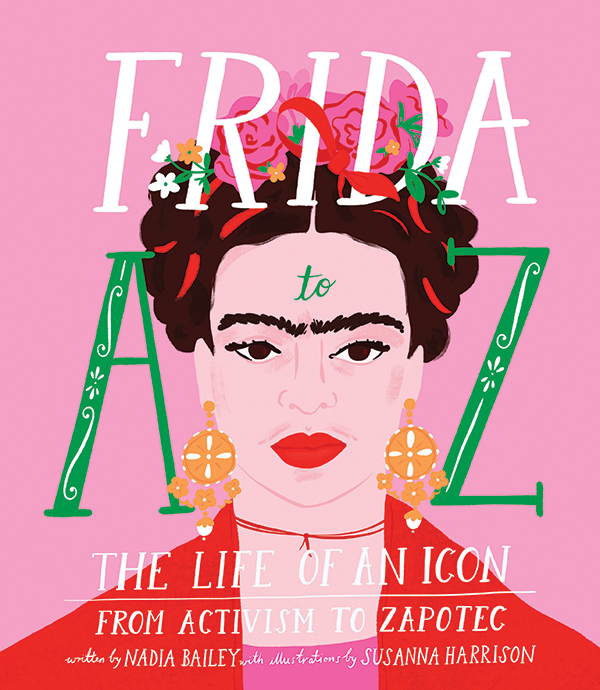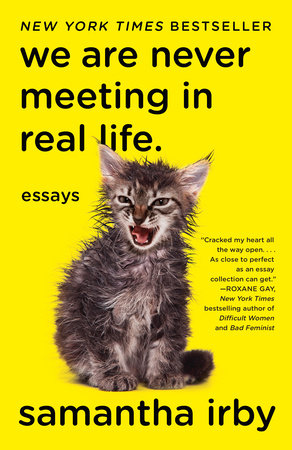Spoilers throughout but honestly it's for your own good
First book of the year! I grabbed this one from the dollar store because of its colorful cover. I know it's a record store but it reminds me of a bookstore, especially with the cat there. The cat doesn't hang out in a record store in this story, though.
Amazon summary:
When five-week-old Prudence meets a woman named Sarah in a deserted construction site on Manhattan’s Lower East Side, she knows she’s found the human she was meant to adopt. For three years their lives are filled with laughter, tuna, catnaps, music, and the unchanging routines Prudence craves. Then one day Sarah doesn’t come home. From Prudence’s perch on the windowsill she sees Laura, the daughter who hardly ever comes to visit Sarah, arrive with her new husband. They’re carrying boxes. Before they even get to the front door, Prudence realizes that her life has changed forever.
Suddenly Prudence finds herself living in a strange apartment with humans she barely knows. It could take years to train them in the feline courtesies and customs (for example, a cat should always be fed before the humans, and at the same exact time every day) that Sarah understood so well. Prudence clings to the hope that Sarah will come back for her while Laura, a rising young corporate attorney, tries to push away memories of her mother and the tumultuous childhood spent in her mother’s dusty downtown record store. But the secret joys, past hurts, and life-changing moments that make every mother-daughter relationship special will come to the surface. With Prudence’s help Laura will learn that the past, like a mother’s love, never dies.
Poignant, insightful, and laugh-out-loud funny, Love Saves the Day is a story of hope, healing, and how the love of an animal can make all of us better humans. It’s the story of a mother and daughter divided by the turmoil of bohemian New York, and the opinionated, irrepressible feline who will become the bridge between them. It’s a novel for anyone who’s ever lost a loved one, wondered what their cat was really thinking, or fallen asleep with a purring feline nestled in their arms. Prudence, a cat like no other, is sure to steal your heart.
This book was well-written, with the parts narrated by Prudence the cat being the most funny and lighthearted as well as the most infantile and lacking (to be fair, Prudence is only 3). The parts from Laura's and Sarah's points of view are third person omniscient, while Prudence's parts are in first person, which some people might find annoying.
I found the parts detailing Sarah's and Laura's lives in bohemian 1970s-'80s New York to be very interesting. It is unfathomable to me how two broke teenagers could afford the rent on a loft in Manhattan, even in 1973 or whatever. Their lives sounded very interesting, with Sarah knowing all sorts of fascinating characters and Laura having a rich and well-formed childhood.
All of this ends when, completely un-hinted-at in the summary, Sarah and Laura are forcefully evicted from their apartment building, and the city bulldozes the building with all of their and the other tenants' belongings inside as they watch. This was a jarring change in tone, even with Sarah's death and Laura's grief and miscarriage being described in the book so thoroughly and sympathetically. The event is absolutely crushing in print, and even more so when you learn, thanks to an author's note in the back of the book, that the event really did happen in 1994 (I think. I'm not looking it up). How could the city of New York do that? Those tenants were human beings! The city should have given the tenants plenty of advance notice so they could pack up their belongings and move. Instead they sent firefighters to lie to all the residents and tell them the building was moments away from collapsing, so that the tenants all ran out with only the clothes on their backs and were forced to stand there in the rain for hours, watching their home (some of them had lived there for decades) being bulldozed with all their possessions and some of their pets still inside, right in front of them. It made me so very angry I was practically vibrating with rage for days. How could they do that? There better be a special place in hell for all those perpetrators, including Bill Diblasio.
Anyway, this is of course traumatic to them both (to make things worse, their beloved elderly neighbor dies of grief) and they spend the rest of their lives together fighting, which caused them to be estranged from each other after Laura left for college. She blamed her mother for choosing her music over her and letting her live in poverty, thinking that they could have avoided the building event if they'd lived in middle class reliability. This is stupid and untrue. They were definitely working class, but Sarah gave up her DJ dreams and made a decent living from her record store, and she was always there with/for Laura. Sarah should have realized her daughter was traumatized by the event and by Sarah screaming at and slapping her after Laura ran back into the building for the neighbor's cat, and talked to her about the event instead of fighting with her. Everything we hear about Sarah's parenting before this is that she is a loving and understanding parent, despite her own selfish and emotionally absent parents (a big reason for why she ran away to New York when she was a teen). I realize Sarah was traumatized by this as well, but she was an adult and should have realized how much worse it was for her daughter, and so many of their relationship problems would have been resolved if they'd just sat down and talked about it.
Anyway, this book left me angry and depressed, even though Laura is able to mourn her mother the way she needs to, repairs her relationship with her husband, and chooses the kind of life she's going to have for her child, most of it thanks to Prudence. This book was good but I don't really want to think about it ever again.
trigger warnings for this book: death, grief, emotional abuse mention, one-time slapping and screaming at a teen, drug mentions, teen pregnancy, miscarriage mention, animal death, animal illness, forcibly disenfranchised and made homeless by the city through unscrupulous means
Score: 3.5 out of 5 stars
Read in: mid January
From: dollar store
Format: paperback
Status: giving away

















